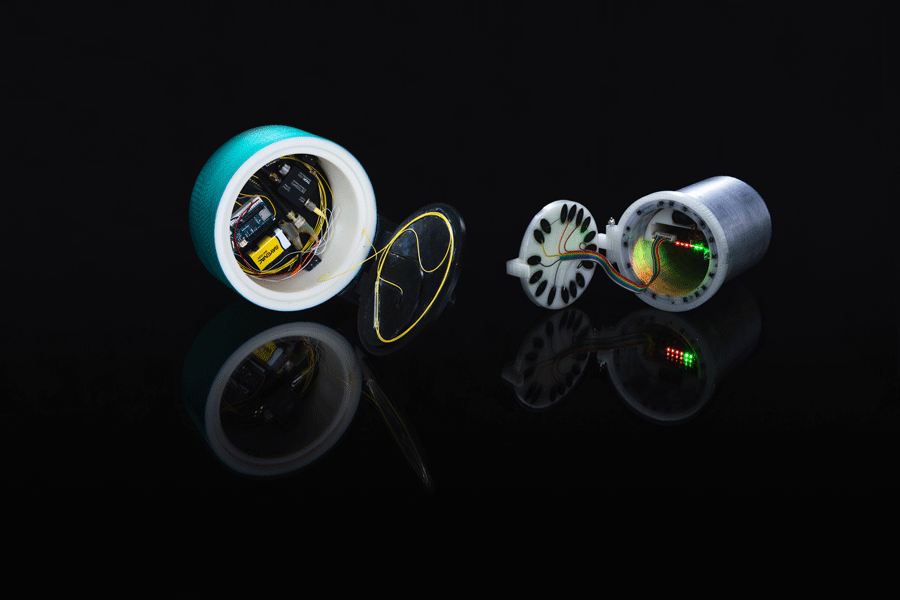Behind closed containers – revealing evidence of tampering
3D-printed tamper evident containers (TECs) could record proof of unauthorised access.

Researchers from Los Alamos National Laboratory (LANL), USA, have fabricated complex-shaped, 3D, tamper-sensitive sensors within the walls of containers. Analogue and encrypted digital boards that are also safely stored inside the TEC permanently record its security history.
‘TECs possess unique properties to enhance security. [The] programmable microcontroller routes signals through the TEC’s tamper sensitive features,’ says Alessandro Cattaneo, Mechanical & Thermal R&D Engineer at the Laboratory.
These signals can be tailored to a specific TEC, so each one possesses unique anti-counterfeiting characteristics. In addition, the encrypted data log maintains a permanent record of its real-time integrity status.
Cattaneo continues, ‘The TECs offer additional functionalities to further enhance security. Thanks to additive manufacturing and the use of a microcontroller, a TEC can be programmed and configured to adapt to specific customer requirements. The ability to customise each tamper evident enclosure ensures each TEC can store additional elements as desired by the user. For example, a GPS positioning system would allow for real-time location tracking. Dye packs and miniaturised explosive charges could enable permanent marking and destruction of sensitive items, respectively.’
The researchers have developed two different TEC concepts based on plastic containers with embedded sensing traces.
One TEC encompasses electrically conductive traces (CT) and the other an optical fibre trace (FO).
The dense pattern of the CT and FO are inherently sensitive to any tampering. The CT-TEC monitors the loss of electrical conductivity in the sensor lines in the wall and at the lid’s interface. The FO-TEC monitors any loss in light transmission through the in-wall optical fibre and optical contacts in proximity of the container’s lid.
They are both manufactured using polylactic acid (PLA) plastic filaments. ‘PLA’s print settings are compatible with the print settings of the conductive PLA used in the traces. PLA also prints very reliably, which was important due to the length and complexity of the print as well as the temperamental nature of the conductive PLA,’ he explains.
John Bernardin, Senior Mechanical & Thermal R&D Engineer at the Laboratory, adds, ‘Transparent PLA was chosen so that the traces could be seen in the demonstration unit. The production units of the container would use a non-transparent material to visually obscure the location of the traces.’
CT-TECs also make use of electrically conductive PLA plastic filaments, while FO-TECs make use of commercially available optical fibres coated in a thin acrylic layer.
Bernardin adds, ‘The thin acrylic layer used to coat the optical fibre eliminates micro-cracks and losses in light transmission. Signal transmission over a fibre optic channel enables FO-TEC to withstand potential environmental disruptions, including electromagnetic energy and radiation.’
The next steps involve designing and building TECs to be used for the storage and handling of items used in various manufacturing processes at LANL.
The team also wants to transition from tamper evident devices to tamper proof containers.

